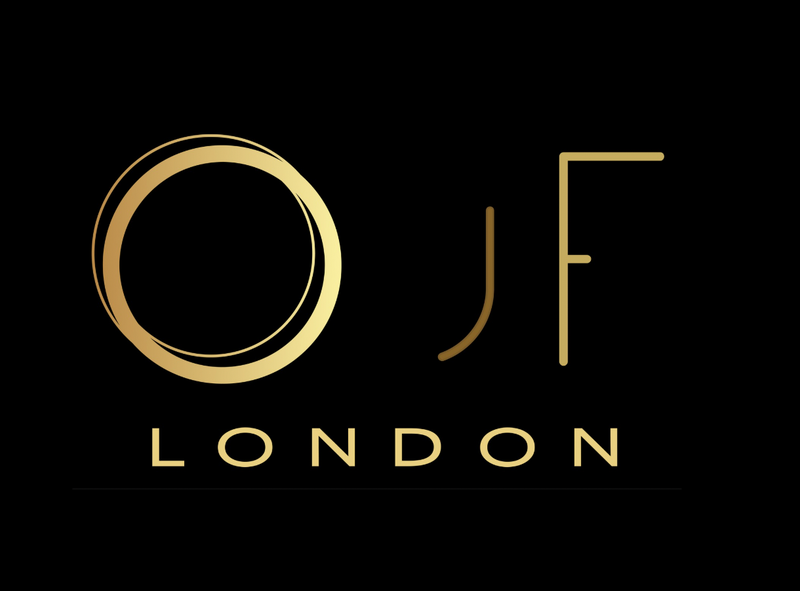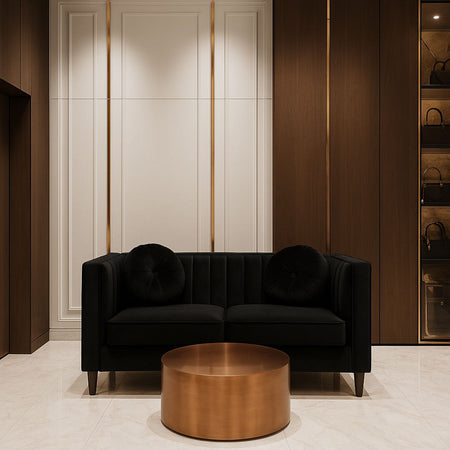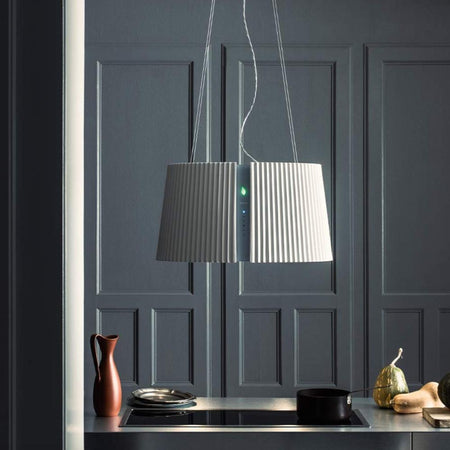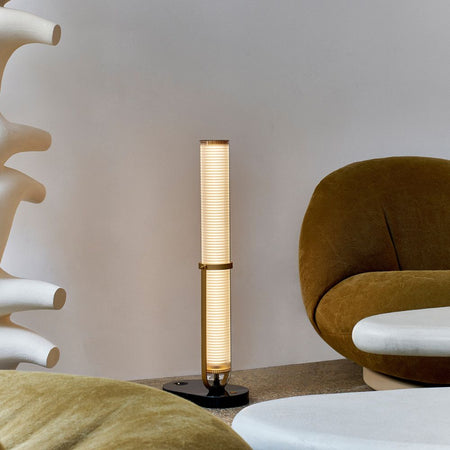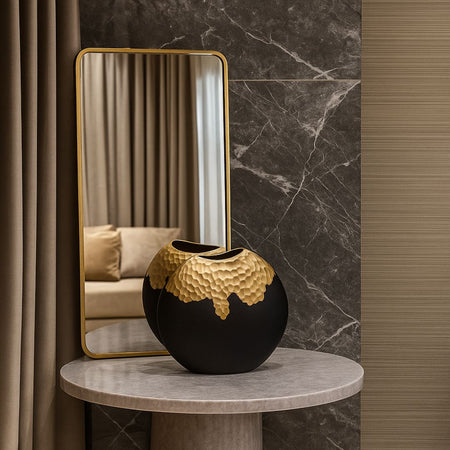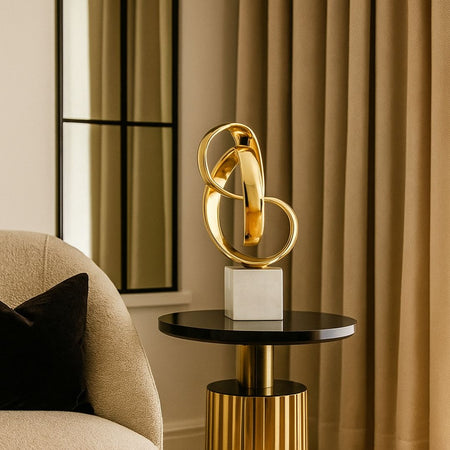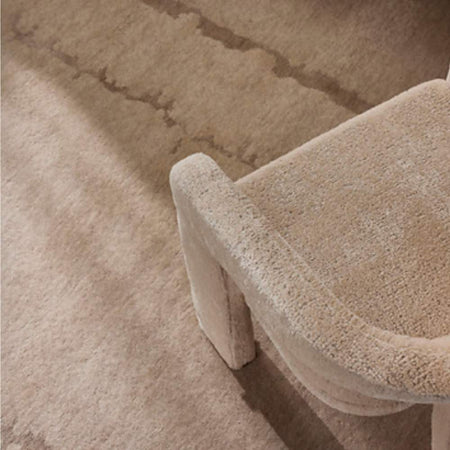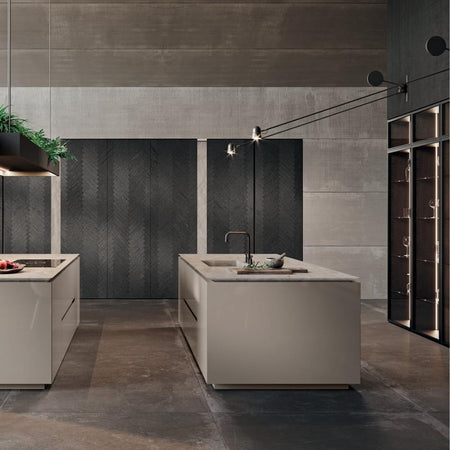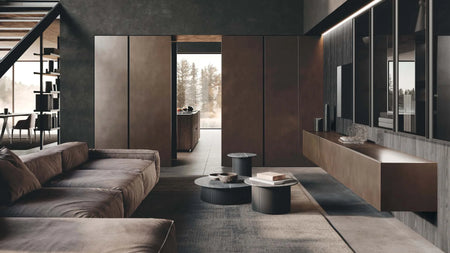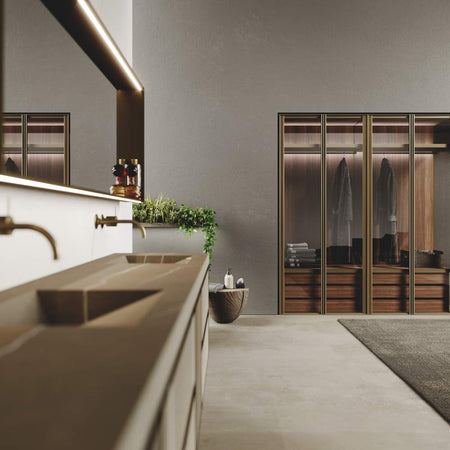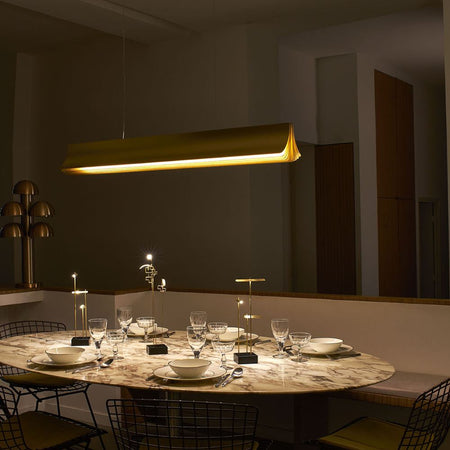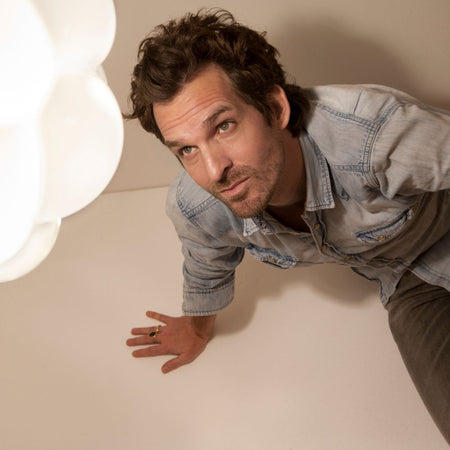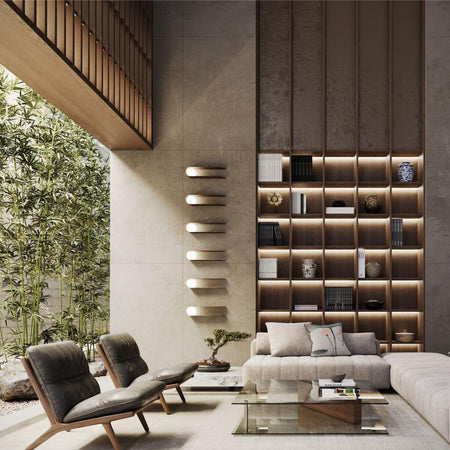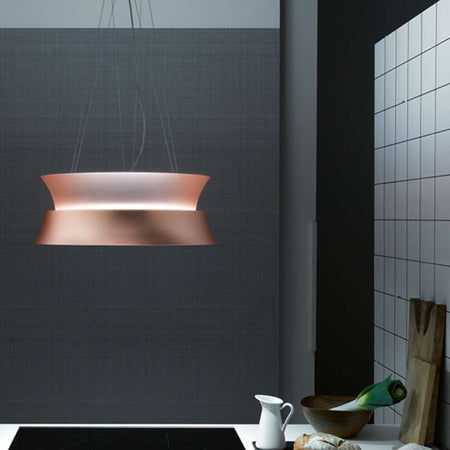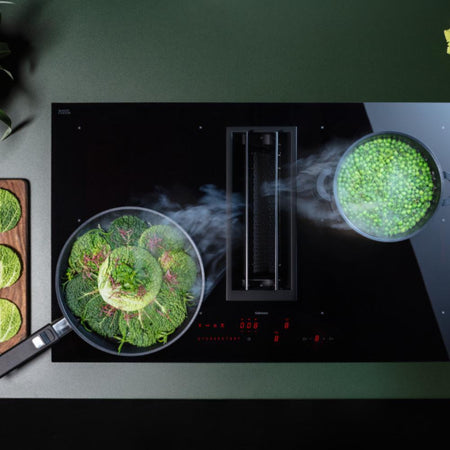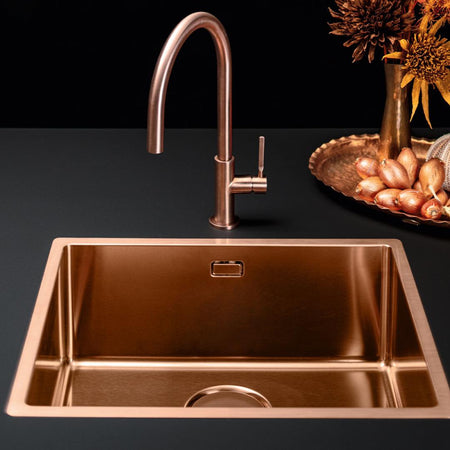🖊 (an article from the founder)
Emails are piling up, your phone won’t stop buzzing, and the to-do list feels endless. If you live with ADHD, or simply juggle the pace of a hyper-busy life, focus often feels like a luxury. But here’s the truth: the design of your environment directly shapes your ability to concentrate.
At Joline & Flo, we believe Your Space is Your Temple. And if your temple is cluttered, overstimulating, or disconnected from your needs, it will reflect in your mind.
Let’s explore how sensory design, tech wellness, and intentional interiors can help create a workspace where focus and calm coexist.
